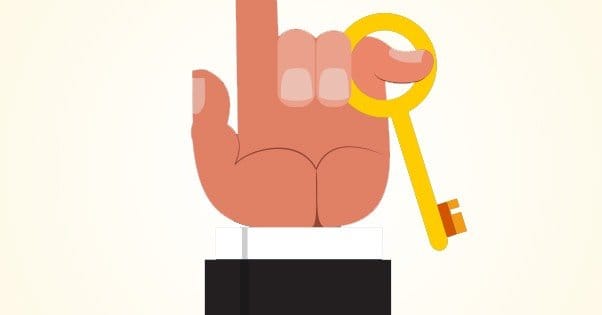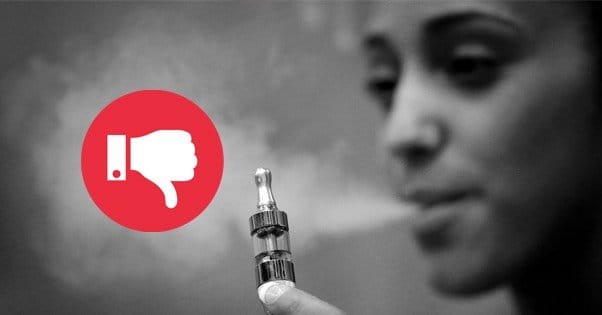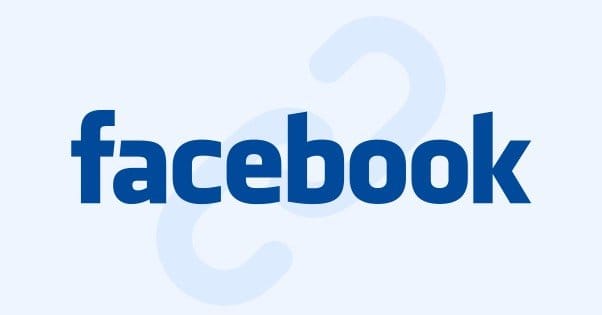 Written by ContentPowered.com
Written by ContentPowered.com
There are any number of reasons why you might find your ads rejected from the Facebook review. When it happens, what’s a small business to do? Well, you can always submit another ad. It’s very rare that you’ll be entirely banned from the program. This only happens in cases of fraud. It’s slightly less rare, but still rare, for a whole website to be blacklisted.
The thing is, it takes hours or days for an ad to be approved. If your ad was rejected, it’ll take another set of hours or days for a new one to be reviewed. If that one, too, is rejected, you have to ask yourself; what are you doing to promote your page while you try to get an ad approved? Thankfully, I have some ideas for you.
Reasons Ads Are Rejected
When your ad is not approved, the first thing you can do is figure out why. I’m not going to go in detail about it – it’s been covered before – but I’ll cover the basics. Make sure your ad conforms to the various guidelines Facebook lays out, and you should be able to get one through sooner or later.
- The 20% text rule is a common cause of rejection, specifically of news feed ads. It’s not enforced for sidebar ads, but then, sidebar ads are also less effective. Use the Facebook grid tool to determine if you’re violating the 20% text rule, however inane it is, and adjust your images accordingly.
- Your ad may be rejected if your post has been promoted before. Once a promotion ends, you have to create a new post to promote. It’s a bit blurry where the line is drawn; you never know if it’s because of a previous promotion or not.
- You can’t even create ads if your page has under 100 likes. So, obviously, you can’t use ads for promotion so early.
- You violated the image guidelines. Facebook doesn’t want you to use sexual imagery, violence, or images that seem to promote illegal content. You also need to make sure your image has something to do with your business
There are other reasons, of course, including the ones I mentioned in the introduction. Thankfully, when Facebook rejects an ad, they tell you the reason for the rejection and give you an opportunity to fix it. So, while you’re doing that, you can move on to other forms of promotion.
Content
You had to know content was going to be here. I mean, there are only three real ways to promote a Facebook page; content on Facebook, Facebook ads, and off-site links.
Content on Facebook should be visual. People love images and videos far more than they love text posts, unless those text posts are telling them how they can get to excellent visual content. Or free stuff. Free stuff is good too.
Content should be engineered for maximum engagement. Your goal is to get people talking, specifically talking on your post. You should also take part in the conversation as best you can, though you should avoid saying anything that can be inflammatory. For example, it’s a good idea to put two sports teams up against each other and ask which your users prefer. It’s a bad idea to put two religions up against each other in the same way.
You should post frequently, at least once per day, but try to avoid posting too much. If you’re going over three posts per day, you had better have a large enough audience to support it. Typically, 1-3 posts per day is plenty for most businesses.
Finally, you’ll want to avoid clickbait. Clickbait titles – see Buzzfeed for an insane number of examples – are dishonest and useless. Facebook recognizes this and have “banned” them from the site. I put banned in quotes here because it’s still common to see them, and Facebook has been lax about enforcing them, but they’re still best avoided.
Off-Site Links
When you’re not on Facebook, your goal is to get people to visit Facebook. To do this, you typically want to spread your link around like it’s going out of style. In a way, it is! There are some prominent theories that these are the last few years of Facebook domination before something new comes along to take its place.
Where can you put your link?
- Other Facebook accounts. Link it on your personal profile, use your page to comment on other pages, and cross-link between business pages if you run more than one.
- Your email signature. This is like a digital business card. Speaking of, you can put it on your actual business card as well, as long as you have a memorable URL.
- Your blog. There are four ways you can link to your Facebook page from your blog. The first is to use social sharing buttons everywhere, like a scrolling sidebar or a button at the foot of every article. The second is to use a Facebook like box widget embedded into your page somewhere, typically either a sidebar or footer. The third is to use the Facebook comments plugin, which encourages people to use Facebook to comment on your content. The fourth is to link organically within your posts to your Facebook page. This fourth is probably the least effective of them all.
- Other social networks. If you use social networks anywhere else, link to Facebook on them. Twitter is the big one, but you can also link from Google+, Pinterest, Instagram, Reddit, and pretty much anywhere else.
In order to get as many people as possible to these links, you need to follow all of the same rules for content on other social networks. Post often, post high quality content, and encourage discussion as much as you can. The one thing you might try, however, is to encourage users to come to Facebook for the main discussion, rather than holding four separate discussions.



